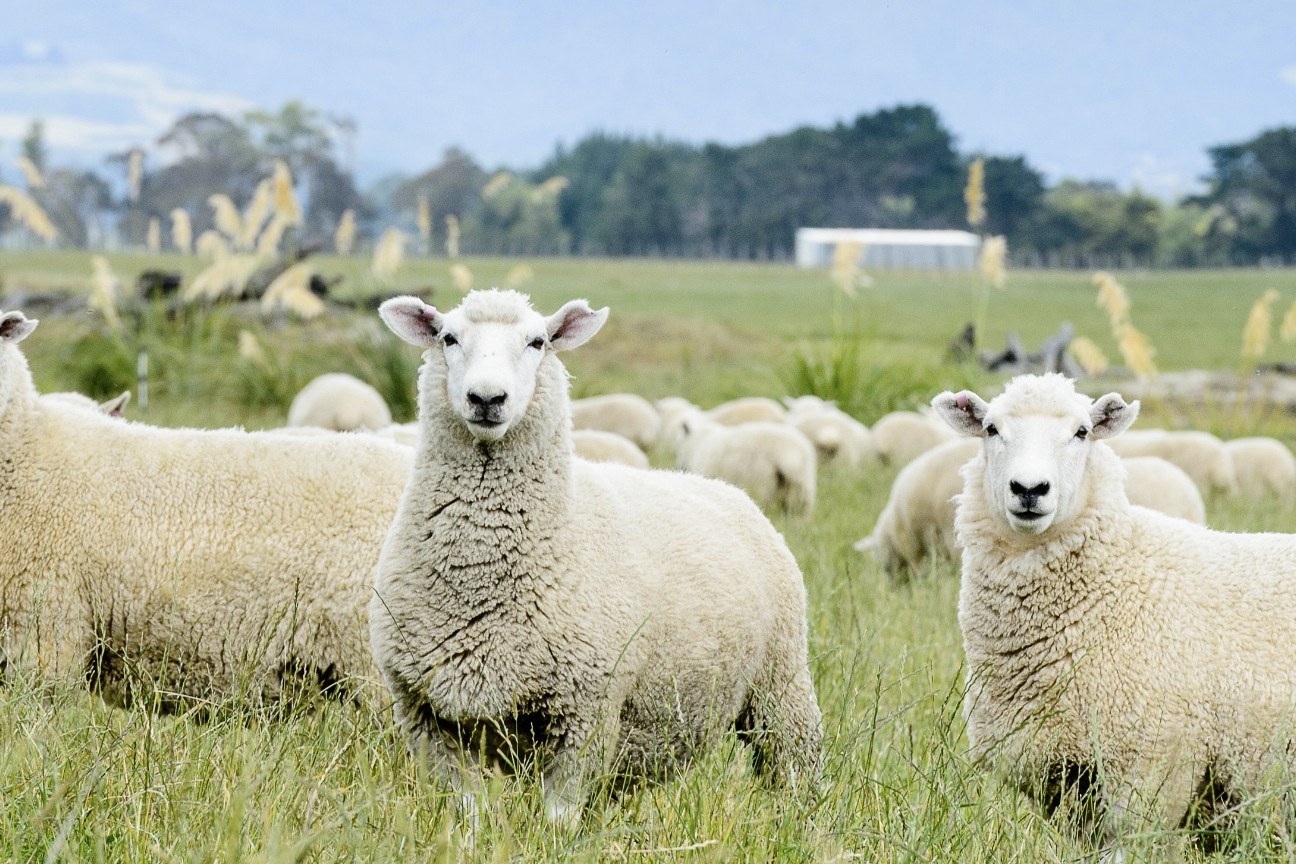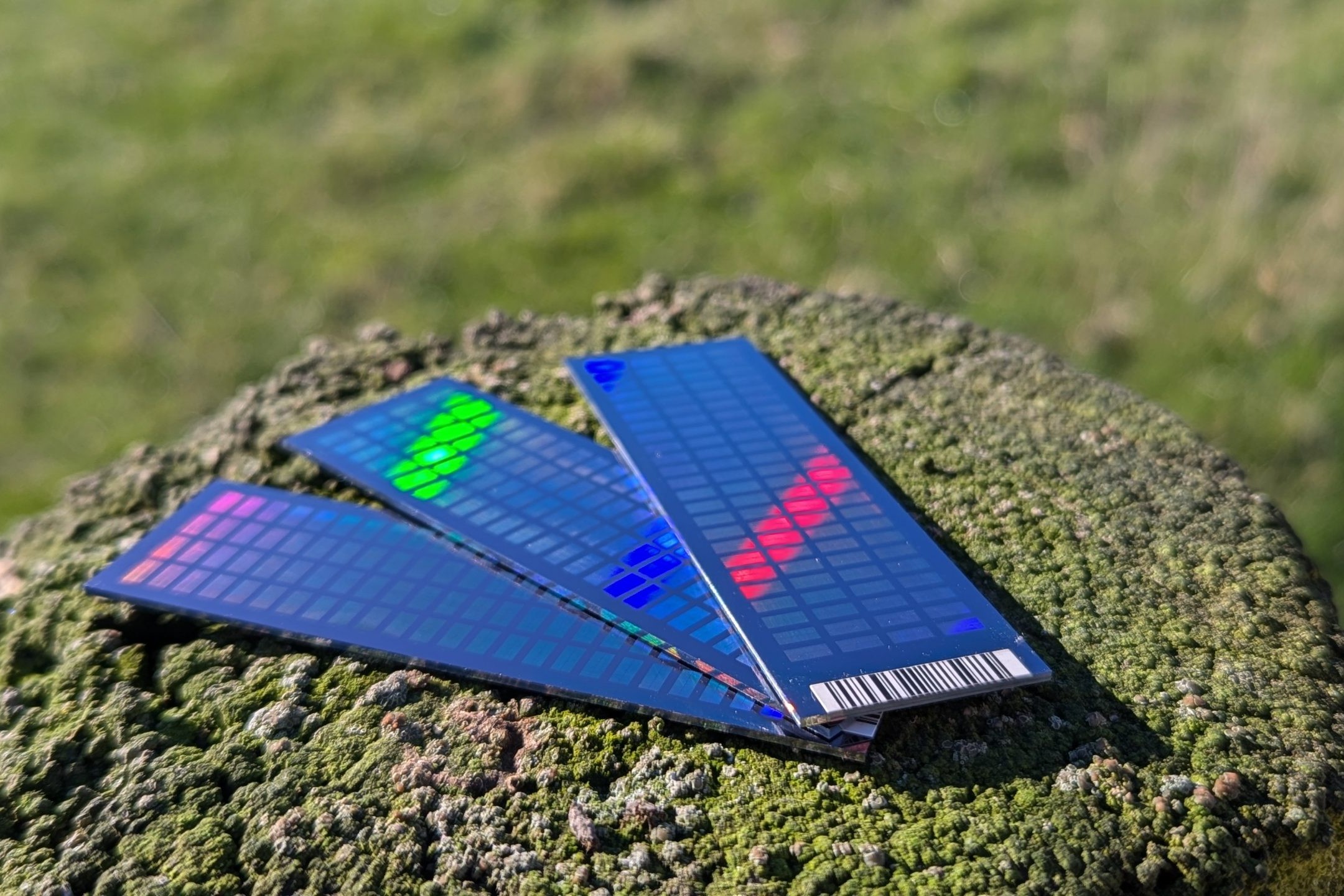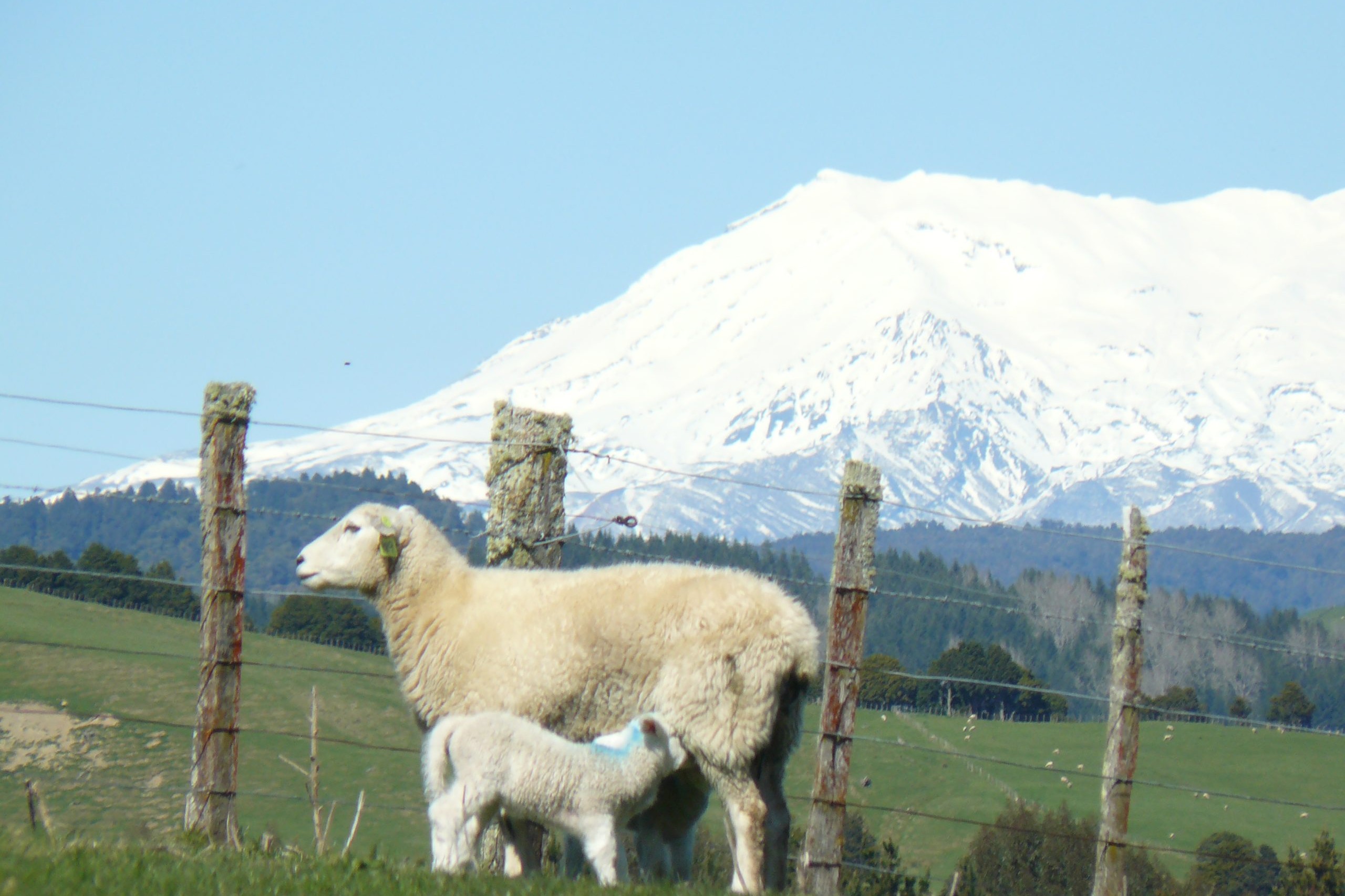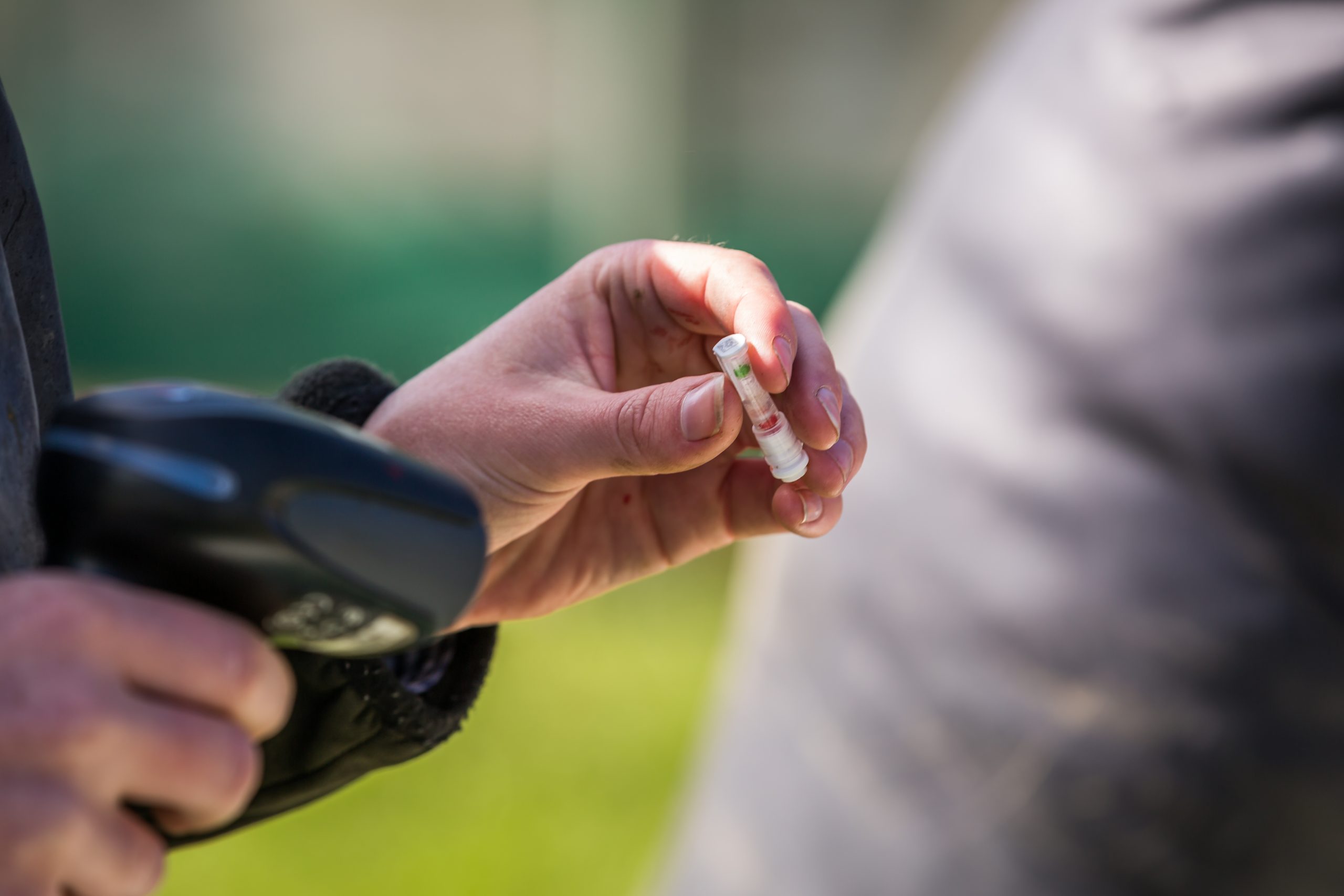CT Scanner improves eating quality
When used in combination with ultrasound scanning, CT scanning can almost double the rate of genetic progress in IMF compared to using ultrasound alone. Words Sarah Perriam-Lampp.
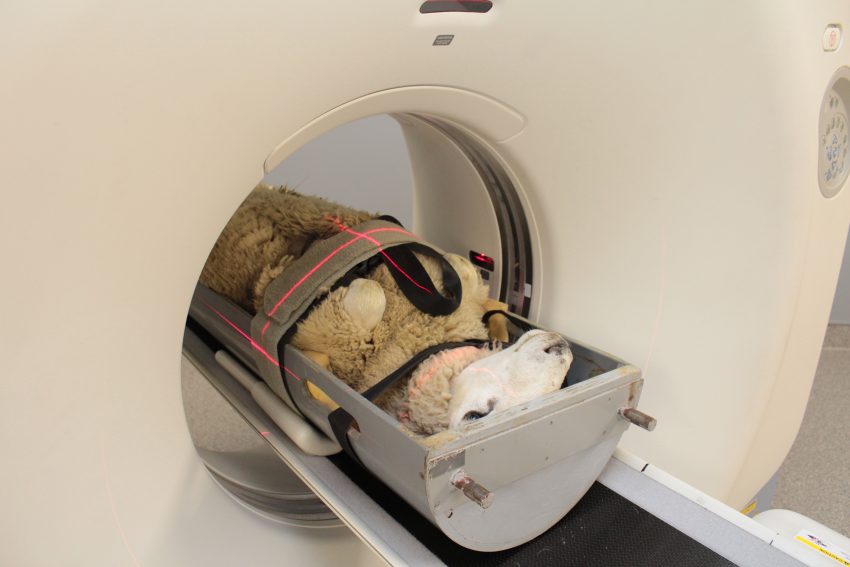
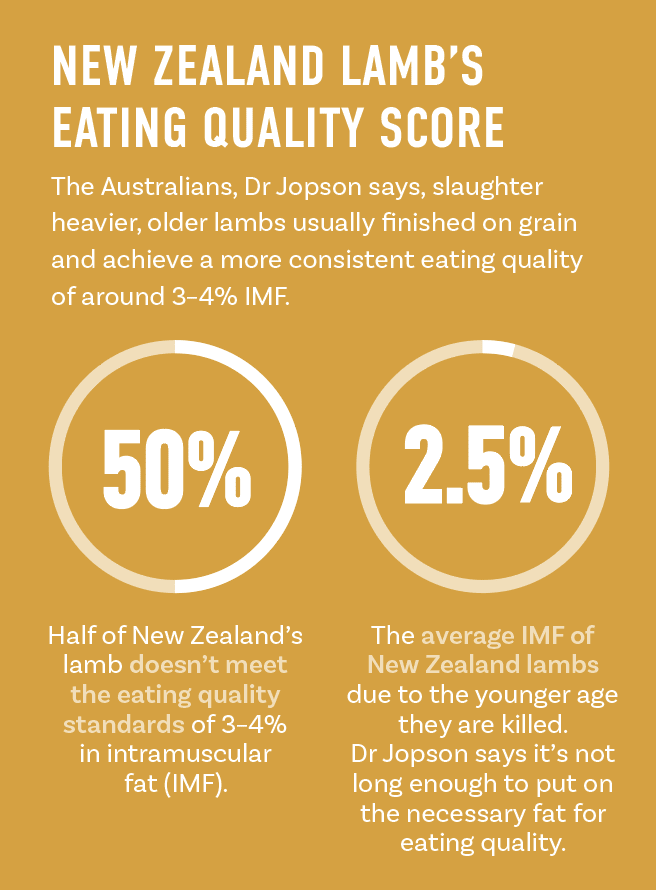 A bored scientist over Covid lockdowns worked on the opportunities of using artificial intelligence (AI) on the CT scanning of live animals. AbacusBio Consultant Dr Neville Jopson used the time to see if he could speed up the human resource of drawing lines on x-rays measuring primal cuts, such as hind leg, loin and shoulder, and improve the measurement of other non-carcase parts of the animal.
A bored scientist over Covid lockdowns worked on the opportunities of using artificial intelligence (AI) on the CT scanning of live animals. AbacusBio Consultant Dr Neville Jopson used the time to see if he could speed up the human resource of drawing lines on x-rays measuring primal cuts, such as hind leg, loin and shoulder, and improve the measurement of other non-carcase parts of the animal.
Evaluating animals through the Innervision CT scanner at AgResearch’s Invermay Campus has supported breeding programmes since 1996 to speed up the rate of genetic gain by making carcase trait decisions on live deer and sheep they can continue to breed from, rather than after slaughter data.
“We have made a lot of progress on intramuscular fat (IMF) traits with ultrasound as it’s cheap but it’s not super accurate,” explains Dr Jopson. “CT scanning is the next step; it’s really accurate but expensive (average $400 per head). Only the really advanced breeders that are vertically integrated justify it, as they focus on what the cost per commercial dam is rather than recuperating from selling a ram.”
One of the oldest and highest ‘single’ users of this technology is Focus Genetics (a subsidiary of Pāmu – Landcorp Farming), who became a joint venture owner in the scanner in 2023. “We have used CT in our terminal sheep and Red and Wapiti deer studs for nearly 30 years,” says Dr Natalie Pickering, Senior Animal Breeding Scientist, Focus Genetics. “The Primary Growth Partnership ‘Eating Quality’ programme saw us focus heavily on meat yield prediction. But there’s now a lot more the CT scanner can do with AI in rumen measurement for feed intake and other animal health indicators.”
At the 2024 Beef + Lamb New Zealand Genetics Sheep Breeders Forum, Dr Jopson stressed that half of New Zealand’s lamb doesn’t meet the eating quality standards of 3–4% in intramuscular fat, with 50% sitting around 2.5% due to the age we kill our lambs, which haven’t put on the necessary fat. The Australians, he says, slaughter heavier, older lambs usually finished on grain and are around 3–4% IMF.
“If you live long enough, you get to spend the second half of your career undoing the damage of the first half.” – Dr Neville Jopson, AbacusBio
“If you live long enough, you get to spend the second half of your career undoing the damage of the first half,” he says. “When I started we had 14.5kg sheep carcases and they were really fat (13mm of fat). Now we have 18–19kg carcases with 5–6mm of fat. With the decline in sheep numbers, while it’s great that we are producing the same amount of meat from a smaller ewe base, the worry now is we have stripped off too much fat, and won’t meet the huge consumer interest in marbling.”
Dr Jopson says that while the meat companies are looking for meat traits such as pH, tenderness and colour, the CT scanning can provide measurement data that leads to a breeding value for IMF in sheep.
“Red meat is expensive compared to chicken or pork, so we need to focus on improving eating quality with good amounts of intramuscular fat, and our New Zealand lamb needs to lift it to remain competitive. Our competitors will use this against us,” he cautions.

